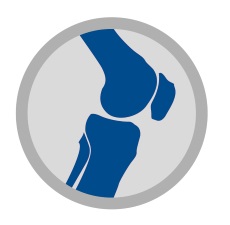Economic evaluation: a reader’s guide to studies of cost-effectiveness
Archives of Physiotherapy
Background Understanding what an economic evaluation is, how to interpret it, and what it means for making choices in a health delivery context is necessary to contribute to decisions about healthcare resource allocation. The aim of this paper to demystify the working parts of a health economic evaluation, and explain to clinicians and clinical researchers how to read and interpret cost-effectiveness research.
Main body This primer distils key content and constructs of economic evaluation studies, and explains health economic evaluation in plain language. We use the PICOT (participant, intervention, comparison, outcome, timeframe) clinical trial framework familiar to clinicians, clinical decision-makers, and clinical researchers, who may be unfamiliar with economics, as an aide to reading and interpreting cost-effectiveness research. We provide examples, primarily of physiotherapy interventions for osteoarthritis.
Conclusions Economic evaluation studies are essential to improve decisions about allocating resources, whether those resources be your time, the capacity of your service, or the available funding across the entire healthcare system. The PICOT framework can be used to understand and interpret cost-effectiveness research.
